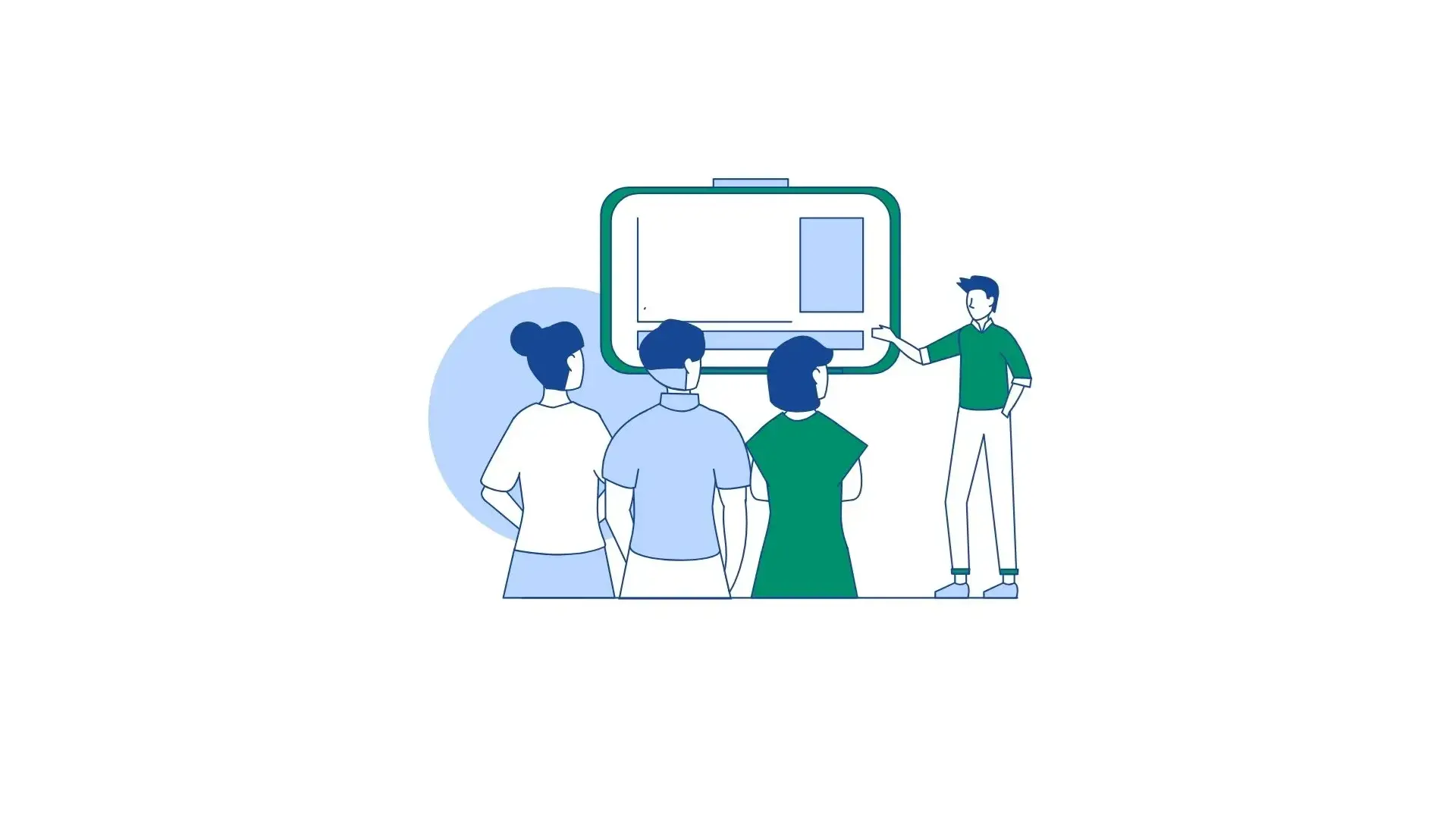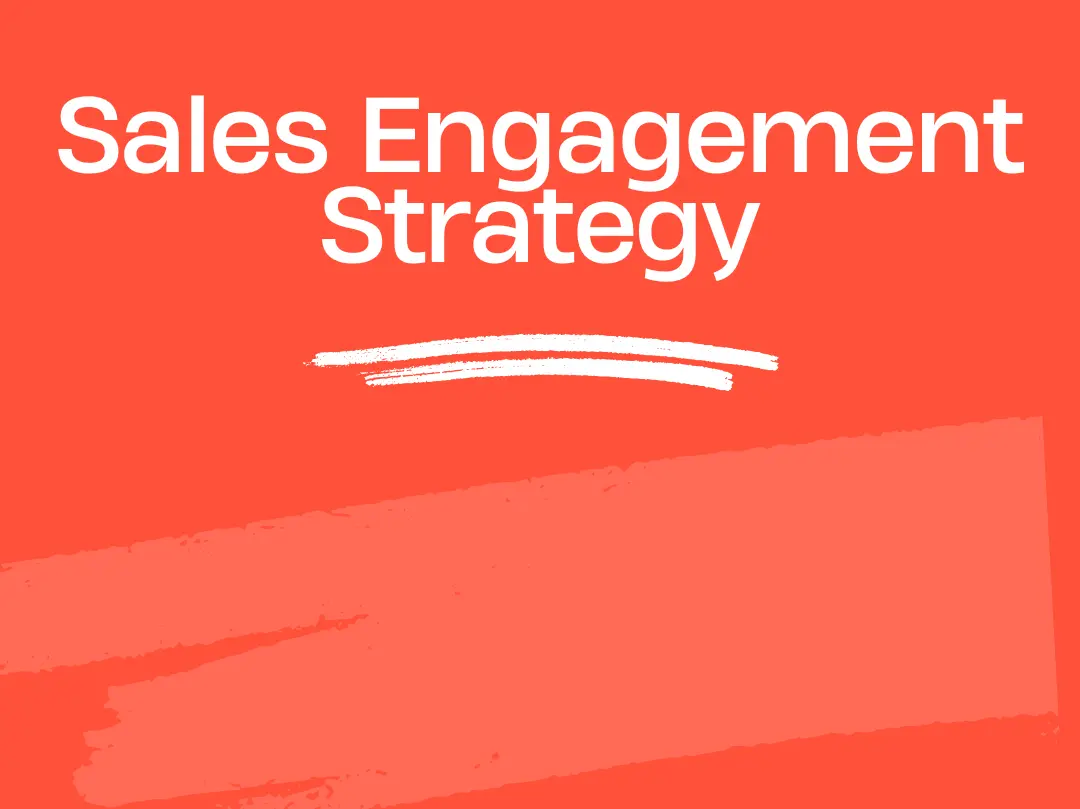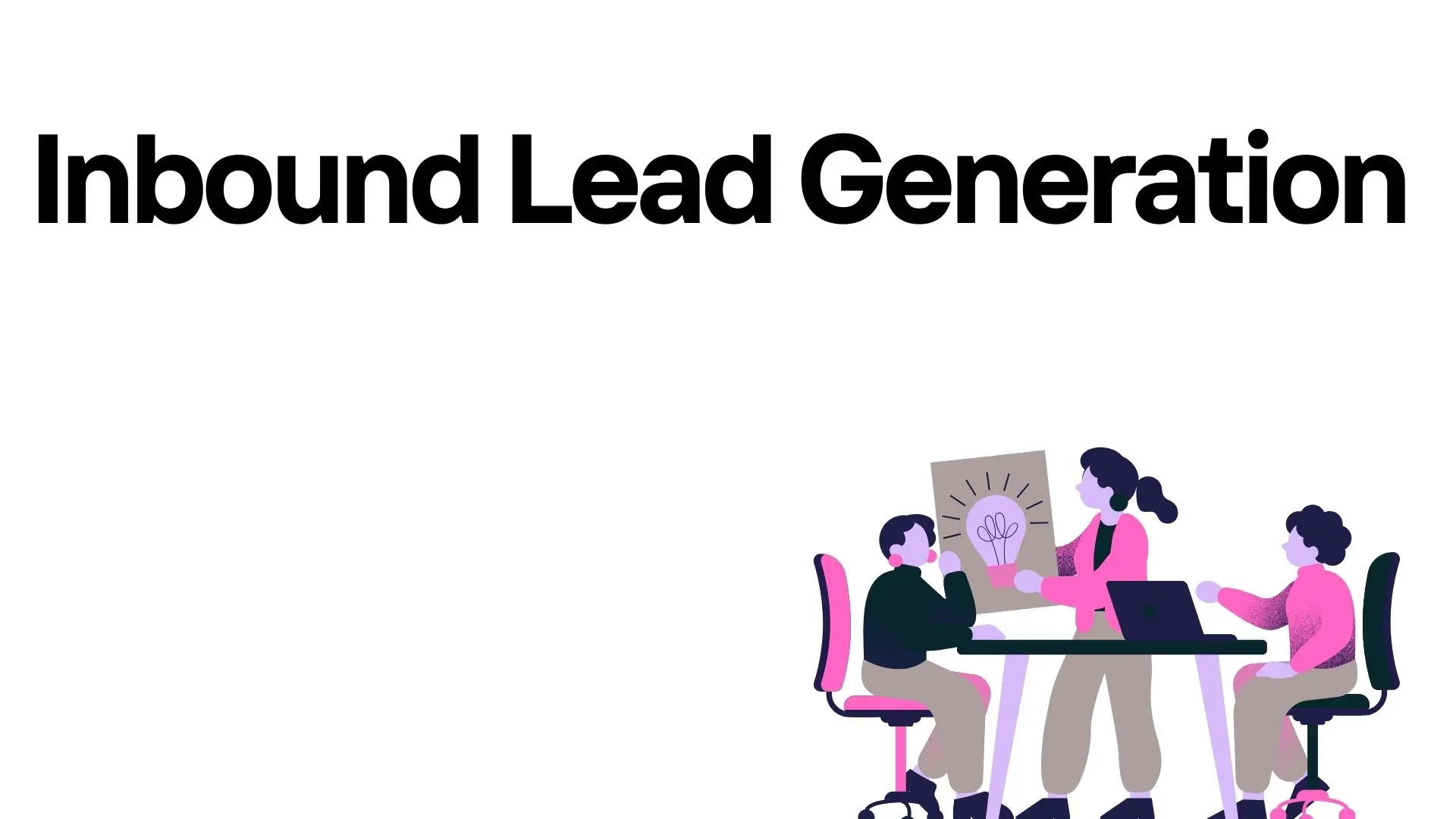Sales engagement activities are essential strategies that help businesses connect with prospects and build meaningful relationships throughout the sales process.
This article explores effective sales engagement activities that can lead to increased conversion rates and long-term customer loyalty.
Understanding Sales Engagement

Sales engagement is all about connecting with prospects and customers to build relationships, nurture leads, and close deals.
It’s about having meaningful conversations, sharing helpful info, and creating a personalized experience for each potential customer.
The goal? Building trust and credibility while helping prospects move through the buyer's journey.
To do it right, you need a clear strategy that matches your company’s goals and values.
Sales engagement involves using a mix of activities like calls, emails, social media, webinars, personalized content, and more.
By reaching prospects through different channels, you can connect with them at multiple touchpoints and keep them interested throughout the sales process.
Sales Engagement Activities to Boost Your Growth
Here are 16 fun and easy-to-apply strategies to help you stand out, connect with people, and keep growing:
1. Make Your Emails Feel Personal
Nobody likes boring, cookie-cutter emails—they’re the ones that get deleted right away. To stand out, make your outreach personal.
Use their name, mention specific challenges they’re dealing with, or bring up something unique to their industry.
Add a little extra by sharing a short, relatable story about how someone in a similar role or industry benefited from your product or service.
The idea is to make your emails feel like a real conversation, not just another copy-paste template.
It’s an essential step in building a sales engagement plan that actually connects with people.
2. Start Conversations on Social Media
Platforms like LinkedIn and Twitter are great for casual, friendly outreach.
Engage with their posts—leave thoughtful comments, react to their updates, or share their content to show you’re genuinely interested.
Once you’ve warmed things up, you can slide into their DMs (in a polite, non-pushy way) to start a conversation.
Don’t go straight into sales mode—share resources, insights, or content that speaks to their pain points or business goals.
The goal is to earn their trust over time and show you really get their B2B sales engagement needs. Keep it real and authentic—that’s what works.
3. Host a Fun and Useful Webinar
Webinars are an awesome way to connect with your prospects while giving them something valuable.
Plan a free, engaging session that focuses on the problems or opportunities they care about most.
Keep it laid-back and interesting—real-life examples, fun stories, or even a guest speaker can make a big difference.
Most importantly, don’t make it one big sales pitch. Instead, show them how something like a smart sales engagement model could make their life easier or save them time.
By sharing practical tips and insights, you’ll come across as someone they can trust, not just another salesperson.
4. Follow Up Like a Pro
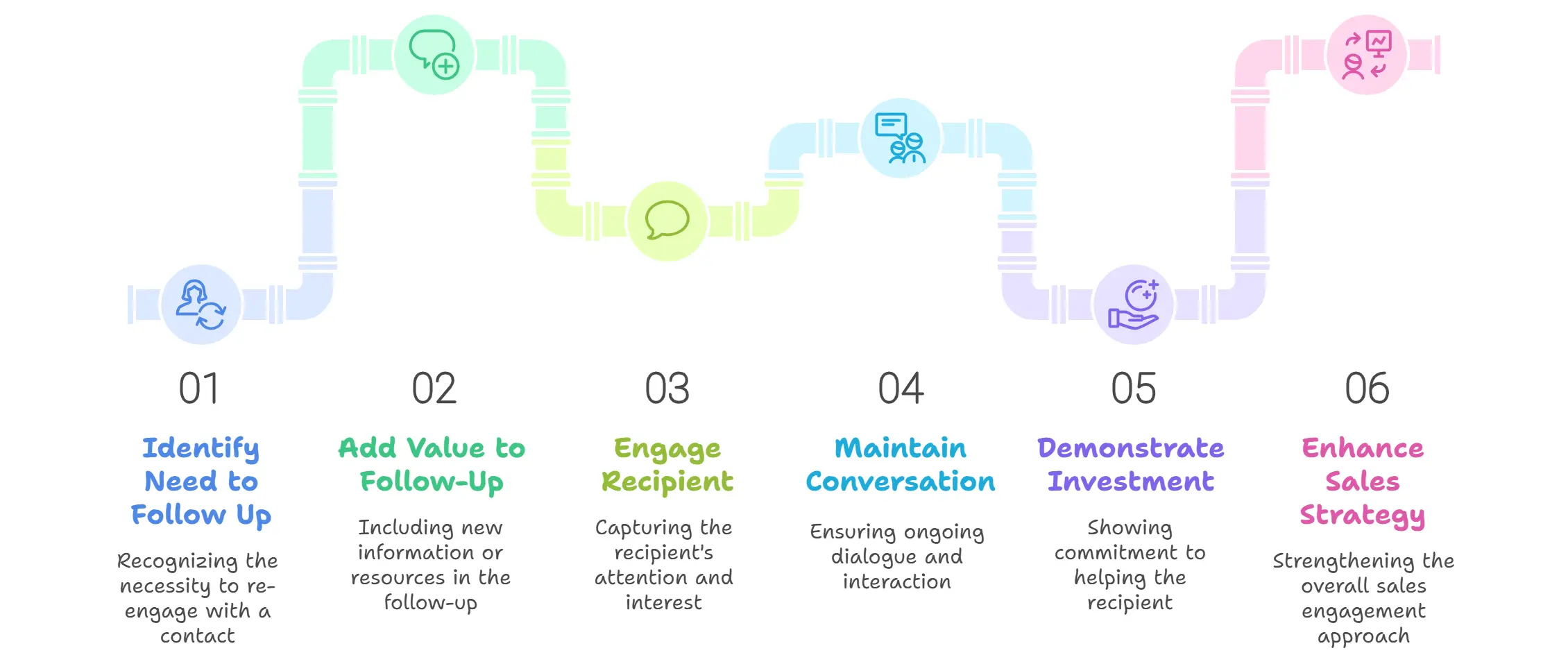
Skip the boring “Just checking in…” emails that get ignored. Make your follow-ups count by bringing something new to the table every time.
Answer a question they had, share a useful resource, or throw in some extra tips they’ll actually find helpful.
This keeps the conversation going and shows you’re really invested in helping them out.
By adding value with each follow-up, you show them that staying in touch isn’t just a check-the-box effort—it’s part of a smart sales engagement strategy.
5. Send a Quick Video
Want to stand out? Record a quick, personalized video just for them. Say hi, use their name, and talk about their specific challenges or goals.
Then, show how your product or service can help—all while keeping it upbeat and friendly.
Personal videos grab attention, add a human touch, and show you put in the effort.
It’s a great way to build trust and connection while leveling up your sales approach.
6. Do Customized Demos
Generic demos don’t leave much of an impression. Instead, ditch the script and customize your demo to focus on what actually matters to them.
If they’re worried about cutting costs, show off features that save money. If productivity is their thing, highlight tools that make their workflow smoother.
Take it a step further by bringing in team members who can answer specific questions or dive into technical details.
A tailored demo not only feels more relevant but also builds their confidence in your ability to solve their unique challenges.
7. Share Helpful Content
When you’re talking with potential customers, don’t just pitch your product—share useful resources like blogs, videos, or ebooks that match their interests or address their challenges.
This shows you’re genuinely interested in helping them succeed, not just closing a deal.
Plus, sharing relevant content builds trust and makes your sales process feel more natural, making it easier to build long-term relationships.
8. Create Custom Landing Pages
For your high-priority leads, take it up a notch by designing personalized landing pages just for them.
Add their name, company logo, and a tailored message that speaks directly to their needs and goals.
Highlight how your product or service can help solve their specific challenges. These thoughtful details show you’ve put in the extra effort and left a great impression.
9. Ask Fun Questions in Surveys
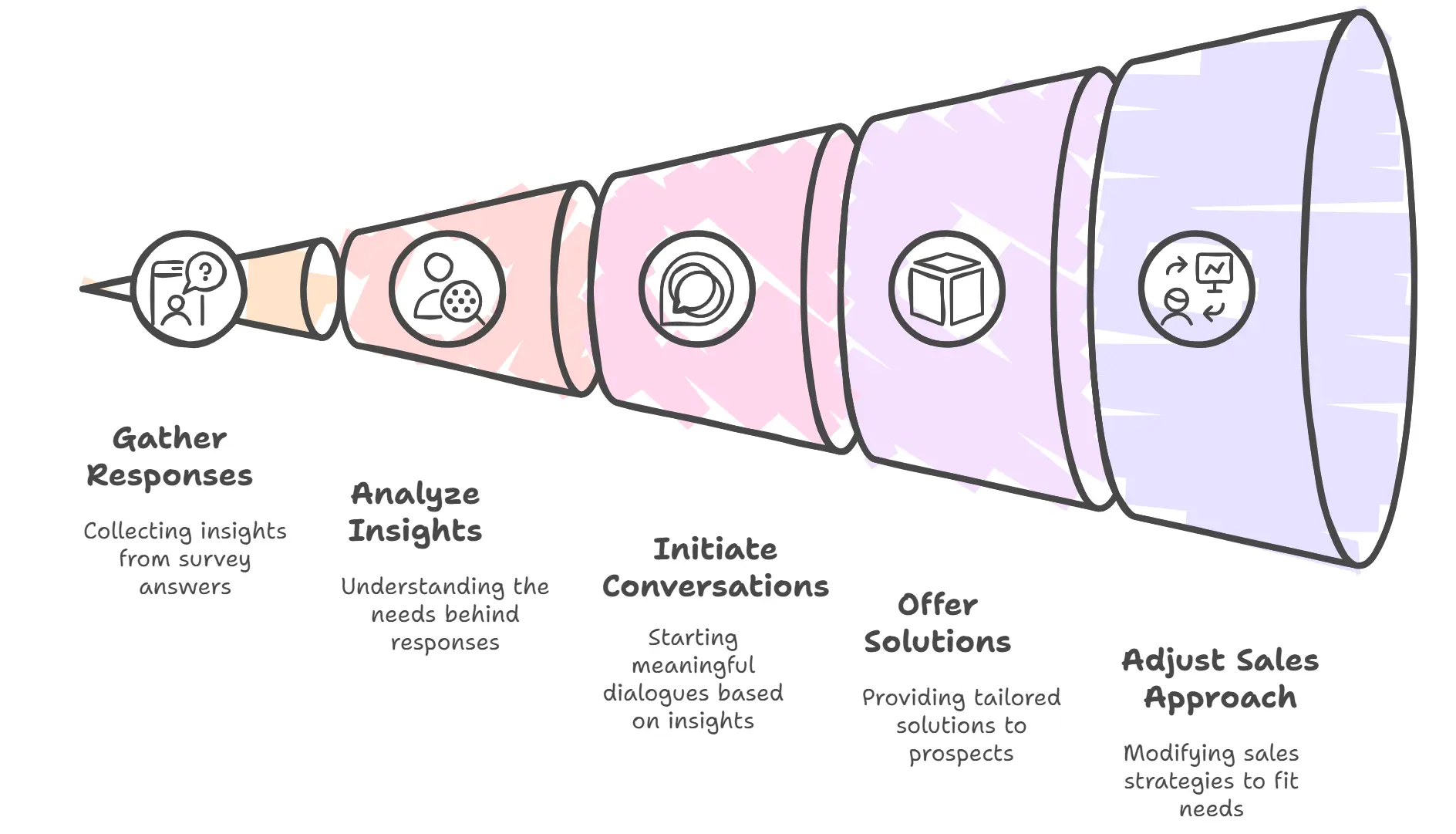
Get your prospects engaged with quick, fun surveys. Ask things like, “What’s your biggest headache at work?” or “If you had a magic wand, what problem would you fix instantly?” These questions are easy to answer and give you great insight into what they’re dealing with.
Use their responses to kickstart meaningful conversations, offer solutions, and tweak your sales approach to better meet their needs.
10. Highlight Success Stories
Show off your wins! Share stories from happy customers that highlight real results, like, “A company in your industry cut costs by 40% with our product—want to know how they did it?” Real-life examples build trust and prove the value of what you’re offering.
Adding these stories to your conversations makes it easier for prospects to see how you can help them achieve similar success.
11. Follow Up with Hot Leads Quickly
Did someone download your guide, sign up for your newsletter, or interact with your content? Don’t wait too long to reach out—act fast! Send a quick, personalized email or give them a call while your business is still fresh in their mind.
Mention what they did (like downloading a guide) and show them how you can offer even more value.
Following up quickly not only makes you look professional but can also seriously boost your chances of closing the deal. In B2B sales, speed can be the difference between landing or losing a lead.
12. Ask for Referrals
Your happy customers can be your best sales team. If they’ve had a great experience with your product or service, don’t be shy—ask them to spread the word! Set up a referral program with rewards they’ll love, like discounts, exclusive perks, or gift cards, for anyone who introduces you to friends, colleagues, or business contacts.
Make it super easy for them with simple processes or pre-made templates.
Referrals are a powerful way to build trust and grow your team's selling efforts since they often come with built-in credibility.
13. Host Some Events
People love a good chance to connect, whether it’s in person or online. Organize workshops, product demos, or interactive Q&A sessions that are tailored to your audience.
Keep your events fun and informative, and make sure attendees leave with something valuable—whether it’s new insights, helpful connections, or even just a great conversation.
Promote your event ahead of time to build some buzz, and use it as a way to show off your expertise.
A well-run event can strengthen relationships with your current audience and attract new leads curious to learn more about what you do.
14. Track and Time Your Outreach
Use analytics tools to monitor when a prospect opens your email, clicks on a link, or reviews your proposal.
These insights are gold! When you notice a prospect engaging with your content, that’s your moment to act.
Send them a follow-up email or give them a quick call while you’re still fresh in their mind.
Timing is everything in sales, and leveraging these analytics can make your outreach more effective.
It’s all part of refining and optimizing your sales engagement plan to boost results.
15. Handle Objections Like a Champ

When a prospect raises concerns, don’t dodge them—address them head-on with honesty and confidence.
Whether their hesitation is about price, product features, timing, or something else, listen carefully and empathize with their concerns.
Then, provide solutions. For example, if they think the price is too high, break down the value they’ll receive for the investment or highlight how your offering fits seamlessly into their B2B sales engagement strategy.
Handling objections well not only builds trust but also shows that you’re genuinely invested in meeting their needs.
16. Send a Thank-You That Stands Out
After a productive conversation or meeting with a prospect, go beyond the standard follow-up email. Instead, send a handwritten thank-you note.
Yes, handwritten! In today’s digital world, this thoughtful gesture is a rarity and makes you stand out from the competition.
Mention something specific from your conversation to make it personal, and tie it back to your sales engagement model to reinforce your commitment to their success.
This small but meaningful effort can leave a lasting impression and keep you top of mind as they weigh their options.
Effective Employee Engagement Activities for Sales Team (That Truly Work)
Keeping your sales team engaged is crucial for success. Motivated employees are more productive, leading to better sales. Want to keep your team energized?
Here are some fun ways to boost engagement:
1. Fun Team-Building Activities
Plan some fun team-building events like outdoor games, group challenges, or problem-solving tasks.
Things like escape rooms, obstacle courses, or even trivia nights can help build trust, improve communication, and bring your team closer together.
These activities don’t just make work more enjoyable—they also boost collaboration and create stronger bonds among team members.
2. Shout-Outs and Recognition
Set up a simple recognition program to celebrate the stars on your sales team.
Whether it’s giving shout-outs in meetings, handing out awards, or surprising them with small tokens of appreciation, recognizing hard work can do wonders for morale.
Celebrating wins motivates top performers to keep crushing it and inspires others to step up and get in on the action. Everyone wins!
3. Sales Contests with a Twist
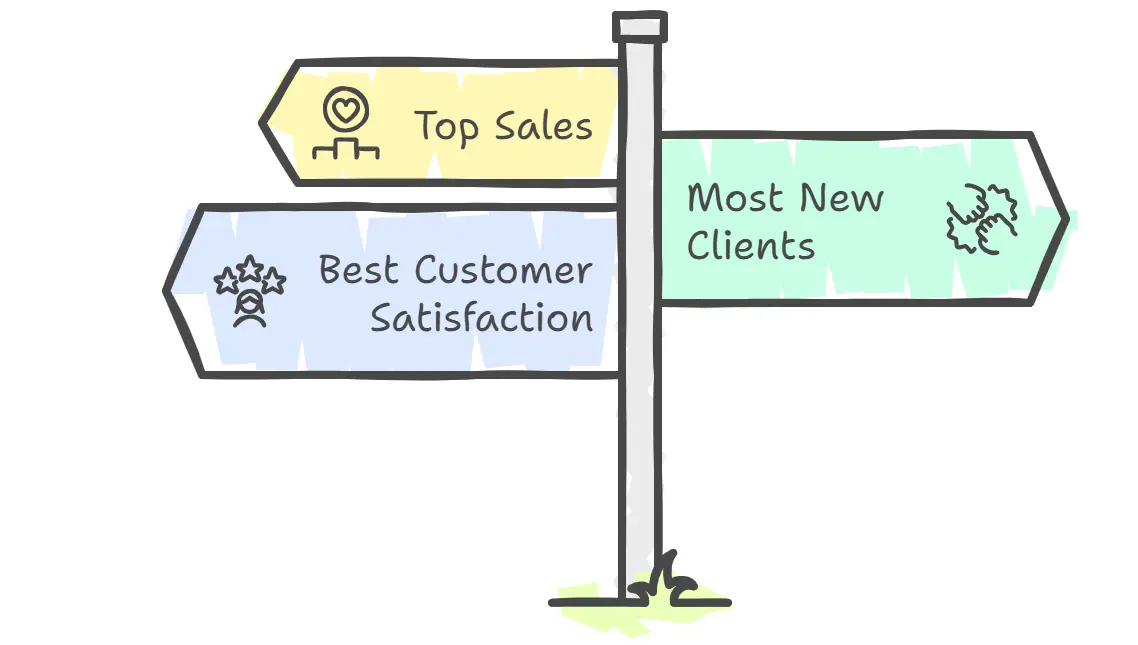
Sales contests are a great way to bring some fun and friendly competition to the team.
Create different goals so everyone has a chance to shine—like top sales, most new clients, or best customer satisfaction.
Add exciting prizes like gift cards, extra days off, or a team lunch to sweeten the deal.
Contests like these can energize the team and push everyone to go that extra mile.
4. Learning and Growth Opportunities
Give your team real chances to grow with training and development programs.
From workshops and online courses to mentoring or industry seminars, these opportunities help your team sharpen their skills and stay ahead of the game.
Investing in their growth not only boosts their confidence but also sets your sales team up for long-term success.
5. Team Hangouts
Plan regular team hangouts to help everyone connect outside the office.
Whether it’s a casual lunch, a team dinner, or even a weekend getaway, these informal outings help build stronger relationships and create a more positive vibe.
Shared experiences—like concerts, laser tag, or just chilling over a meal—can turn your team into more of a family.
6. Open Communication
Make open communication a top priority for your sales team.
Encourage a safe, supportive environment where everyone feels comfortable sharing ideas, concerns, or feedback without fear of judgment.
This kind of openness strengthens team dynamics, builds trust, and allows for the early identification of challenges or opportunities for growth.
Regularly asking for input or hosting brainstorming sessions can empower your team to take ownership of their roles and contribute to the team’s overall success.
7. Flexibility and Work-life Balance
Offer flexible schedules and promote a healthy work-life balance for your team.
Whether it’s the option to work remotely, adjust hours, or take time off when needed, giving team members the ability to manage their own time shows that you value their well-being.
Employees who feel supported in their personal lives are more likely to stay motivated, productive, and satisfied in their roles. A balanced team is a happier and more resilient team.
8. Team Meetings
Make team meetings a regular occurrence to discuss progress, goals, challenges, and wins.
These meetings foster collaboration and provide a platform for team members to share ideas, offer solutions to challenges, and celebrate successes together.
They also help ensure everyone is aligned on objectives and aware of how their individual efforts contribute to the bigger picture.
Consider incorporating a mix of one-on-one check-ins and group meetings to keep communication flowing at all levels.
9. Recognition and Rewards
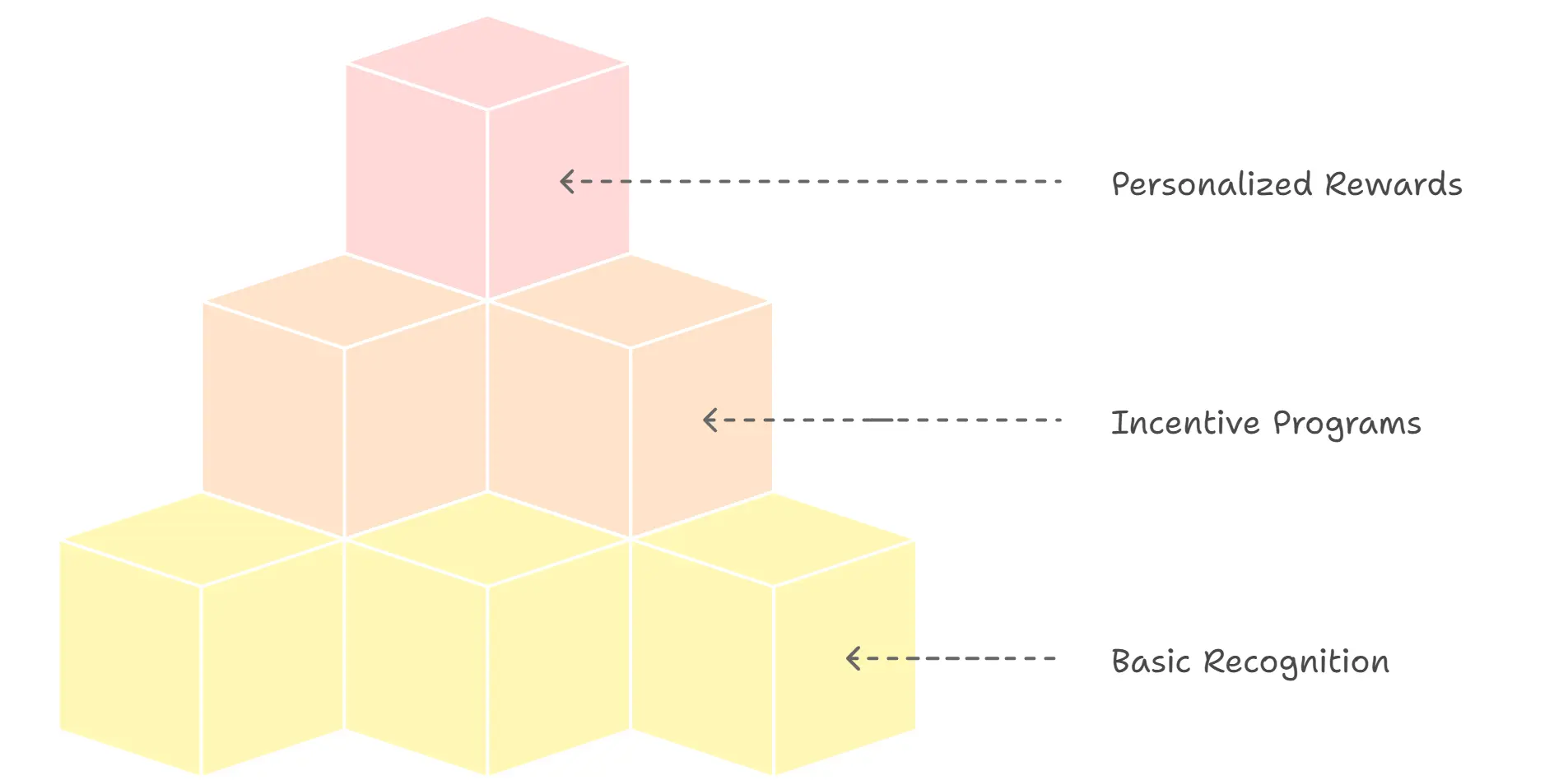
Show your sales team you appreciate their hard work and achievements by recognizing their contributions regularly.
Whether through performance bonuses, incentive programs, promotions, or even a heartfelt shoutout in front of the group, recognition goes a long way in boosting morale and job satisfaction.
Personalizing rewards, such as offering gift cards or experiences tailored to individual preferences, can make the recognition even more meaningful and motivate your team to strive for continued success.
10. Continuous Improvement
Foster a culture where your sales team is always looking to improve and grow. Encourage them to identify areas where processes can be refined, strategies can be optimized, or skills can be enhanced.
Provide opportunities for ongoing learning, such as training sessions, workshops, or access to industry resources, to keep their skills sharp and up-to-date.
Continuous improvement not only keeps your team engaged and motivated but also ensures they’re well-equipped to tackle new challenges and drive long-term results for your business.
Modern Sales Engagement Requires More Than Just SDR Outreach
Technical buyers want to hear from peers and experts, not salespeople. Yess makes it easy for SDRs to involve the right internal experts in their outreach efforts.
With one click, SDRs can identify which team member has the highest chance of getting a response, and then seamlessly coordinate outreach through their email and LinkedIn.
This team-based approach leads to 3x higher response rates and more meaningful conversations with prospects.
Wrap Up
Sales engagement activities are all about creating meaningful connections and making a lasting impression.
From personal emails and tailored demos to team selling and social media outreach, these strategies help you bond with prospects and stand out.
The payoff? Stronger relationships, quicker deals, and real growth. Start using these ideas in your sales process and watch the results roll in!

